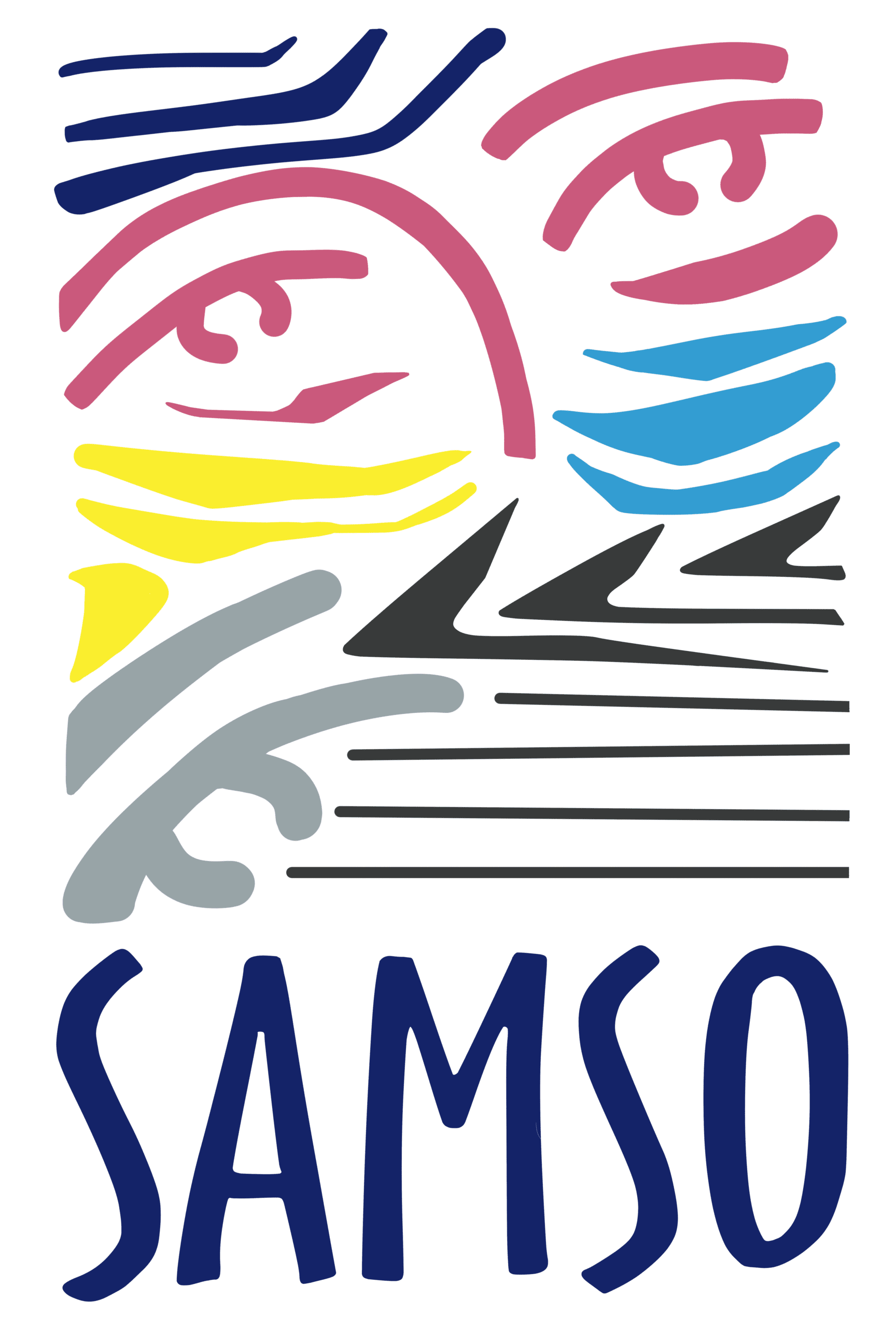The Western gaze: who controls the lens?
The camera tells lies as easily as it reveals truth. Who holds that camera determines which story gets told about Africa and how those stories shape global perceptions.
Photography operates as pure power. The relationship between photographer and subject reflects broader inequalities that stretch far beyond any single image.
Photographers as cultural translators
Western photographers serve as interpreters between African realities and global audiences. They translate complex cultural contexts into digestible visual narratives. This translation process carries enormous responsibility.
The history reveals uncomfortable truths. Photojournalism typically shows “an outsiders’ perspective looking obliquely in, or from a higher social class, looking down” [3].
French-Ivorian photo editor Anna-Alix Koffi identifies “unconscious biases” [3] that shape how Western photographers approach African subjects. These biases manifest through:
- Focusing on “tribal” conflict and darkness that matches Western expectations
- Creating harmful stereotypes through images stripped of context
- Presenting poverty as inherently “African” rather than the result of specific circumstances
- Seeking adventure over authentic storytelling
“I think that in the photography world, within the world of photojournalists, we see a clear lack of photographers who are from the places that are being reported on,” notes one critic. “We see this all the time, most of the photographers are white, they’re male, young photojournalists who are enrolling in journalism schools and imagine this adventure; they’re enamoured with the danger of being a photojournalist and going into a war-torn country” [3].
This approach becomes “a form of imperialistic ambition… war-like in its desire to ‘conquer’ to make knowable what seems remote, unknown, exotic” [3].
Gatekeeping organisations control which images reach wider audiences. “By choosing who gets to be recognised, selected for training by respected photographers and photo editors, and networked into powerful media houses, such organisations have the power to direct who pictures and narrates our world” [2].
Power dynamics between subject and observer
The photographer holds all the cards. They control how subjects appear, where images get distributed, and who profits from the work.
“The photograph is a weapon, it’s a sign of power and it’s still being turned on people. Those who are looking are not the ones bearing anything. It is those depicted in the frame who hold the balance of the weight” [3].
Photographs become “tools for remembrance, but also tools for amnesia, for erasures” [3]. The photographer curates reality – choosing what to capture and what to exclude. These choices often reveal more about the photographer’s worldview than the actual situation being documented.
Poverty photography creates particularly problematic dynamics. Images get created for Western consumption with little consideration for how subjects want to be portrayed. The intended audience remains white viewers, “for whom both ideological depictions were created, helping to justify colonisation in the former and white supremacy in the latter” [4].
Yet resistance grows stronger each year.
African photographers like Ruth Ginika Ossai challenge these power structures by giving models “total control over how they portray themselves through choices in backdrops, poses, or their own personal style” [5]. Photographers such as Sabelo Mlangeni create intimate portraits celebrating aspects of African life that Western lenses typically overlook [5].
South African photographer Santu Mofokeng demonstrates how photography can become a tool for self-representation. His work opens “a breach, inverts roles, and comes up with a counter-archive” [6], offering alternatives to the ethnographic traditions that have dominated African representation.
The question of who controls the lens remains central to understanding how poverty gets visualised globally. The camera never operates as a neutral observer. It participates in power structures that continue shaping how the world imagines Africa.


Leave a Reply